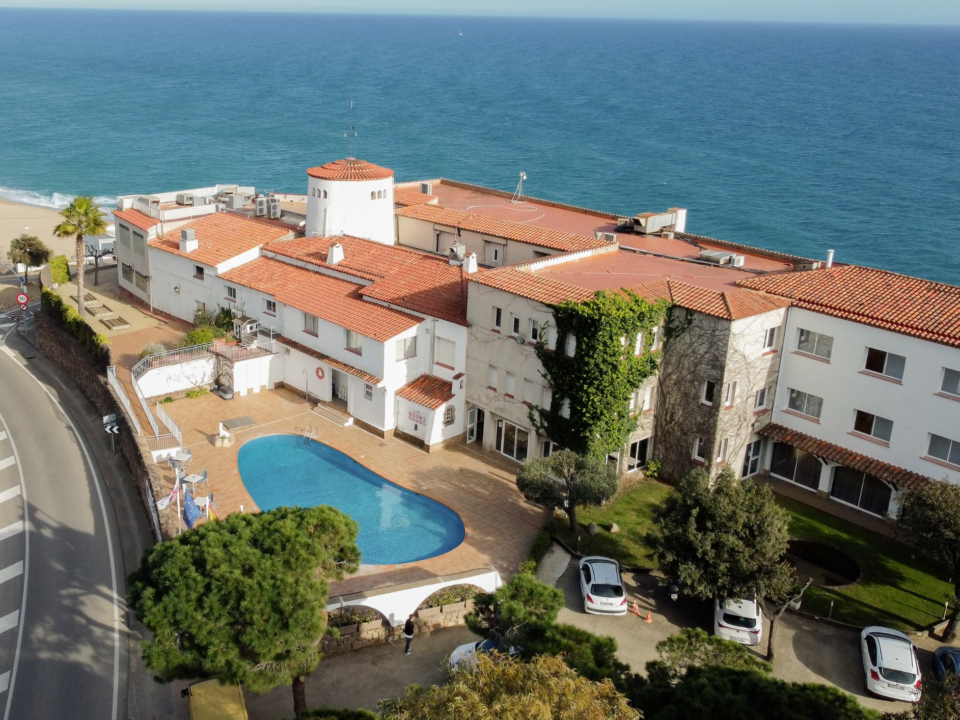
Another restaurant ‘made in Sant Pol’ in the Michelin Guide
20 May, 2024
Hotel-School Sant Pol participates in the EU Funded Project MCEU Hospitality
5 June, 2024Good news for the spanish touristic sector. The World Economic Forum has released the Travel & Tourism Development Index 2024. It's the second edition of the report, that began in 2021 as an evolution of the Travel & Tourism Competitiveness Index (TTCI).
The main world leaders in tourism
The biggest rate of the ranking is for the United States, with 5,24 points, followed by Spain, with 5,18 points. Japan (5,07); France (5,07); Australia and Germany (both with 5 points); the United Kingdom (4,96); China (4,94); Italy (4,90) and both Switzerland and Canada with 4,81 complete the top-10 ranking.
The Index is made by a deep analysis of some key points in the touristic activity, such as the natural and cultural resources; sanity and hygiene; security and protection; transport infrastructure; touristic services or the openness to tourism, among others. This new edition of the report includes some new features as the measurement of the environmental and social impact of travel and tourism that adds 'specificity, concision and coherence' to the document.
The World Economic Forum's report includes 119 countries. We can observe a strong presence in the leading positions of, above all, European countries, the Asian-Pacific region, and high-income economies.
We have to contemplate that the last edition of TTDI, in 2021, put us in the 3rd world position in tourism, under Japan and the United States. Therefore, we can detect a strong increase that has led us to win a position in the last three years.
Tourism, a national key sector at national level
If we look at the case of Spain, our scores for each factor analyzed are very positive. One of our most outstanding scores is in cultural resources (the European average is 2.57, and Spain has 6.64 points) and also in natural resources (with 4.95 points above the average of 2.57). We are also above average in transport and air infrastructure, with 6.06 points, which is above the European average of 3.94. On the other hand, we are below average in price competitiveness (the average is 4.21 and our score is 3.60 points).
This good position on the ranking leads us to a good situation in the tourism industry. Therefore, it is essential to have enough strong professional capacity of the touristic sector to keep having that good score. In EUHT StPOL we prepare our students to cope with the evolution of the sector and adapt themselves to the progress, and deal with constant challenges.
The conclusions of the analysis
We can remark on some interesting information, as the leading of Europe on security, health, and environmental sustainability. Asia, on their side, is good in price competitiveness, and natural and cultural resources. On the other side, Africa has the lowest score on transport infrastructure, non-leisure, and cultural resources. North Africa and the Middle East don't have a good score on natural resources, environmental sustainability or the employment market.
If we look by region, we can see that the highest score is very different depending on the world zone. Europe has an average punctuation of 4,26, the biggest of all. It follows the Asian-Pacific with 4,11 points. With a draw on the third position, we have America and the Middle East/North Africa, both with 3,86 average points. Finally, we have sub-Saharan Africa with 3,33 points.
This edition has been characterized by a high tourism demand, that has had to deal with some challenges, such as the high general prices and a global economic and socio-political unstable situation. In the long term, we observe some risks as environmental, technological, or social risks. These factors will require the touristic sector to strengthen its sustainability, their compromise with the preservation of natural and cultural resources, and the responsible use of new technologies.






